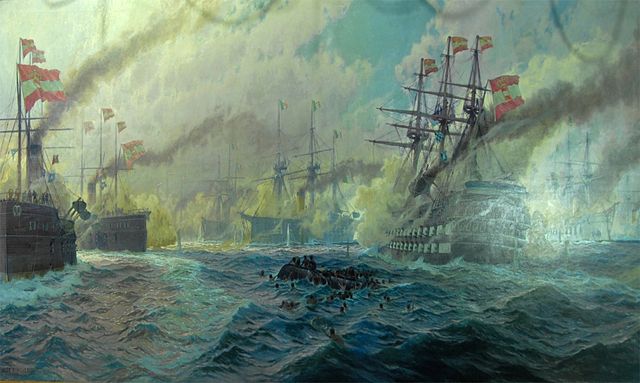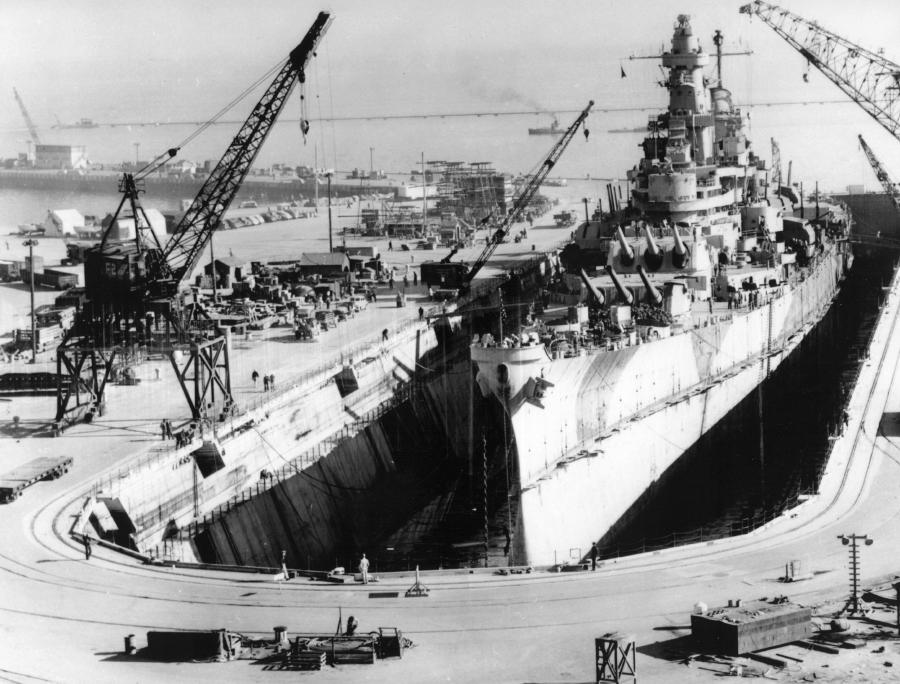Probably the most underappreciated of naval weapons is the humble mine. Mine warfare is unglamorous, dangerous, and potentially decisive.

HMS Merlin
The first ship mined (as we understand the term today) was HMS Merlin, on June 9th, 1855. The ship, deployed to the Baltic as part of the Crimean War,1 suffered only minimal damage. The Russians had deployed primitive moored contact mines, tethered to the bottom, which detonated if a rod on the top was bumped by a passing ship. Interestingly, they were invented by Immanuel Nobel, father of Alfred Nobel. In response, the British initiated the first minesweeping operation a few days later, grappling the mines and hauling them up. Remote-controlled mines, detonated from shore, were also used, but proved less successful than the contact mines.









Recent Comments